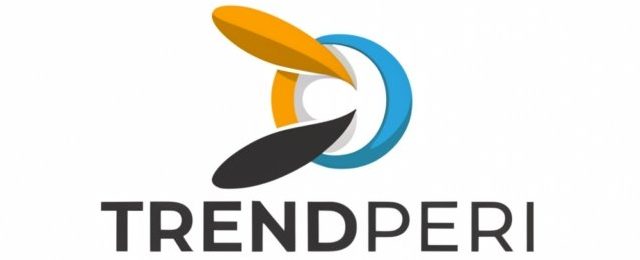In the educational journey of a student, few milestones hold as much significance as the Secondary School Leaving Certificate (SSLC). Across various countries, this certificate marks the culmination of years of hard work and academic rigor, opening doors to further education and career opportunities. Let’s delve into what the SSLC entails, its importance, and how it shapes the future of students.
Understanding the SSLC
The Secondary School Leaving Certificate, often referred to by different names depending on the country (such as GCSE in the UK, SSC in India, or WASSCE in West Africa), represents the successful completion of secondary education. It is typically awarded after students complete a standardized examination that assesses their proficiency in core subjects like mathematics, science, language, and social sciences.
The SSLC examination is a culmination of the curriculum taught throughout secondary school, testing students’ understanding, analytical skills, and ability to apply knowledge in real-world scenarios. Depending on the educational system in place, students may have the option to choose elective subjects or specialize in specific fields, providing them with a well-rounded education tailored to their interests and career aspirations.
Importance of the SSLC
The significance of the SSLC cannot be overstated, as it serves as a gateway to various opportunities for students:
- Further Education: For many students, the SSLC is a prerequisite for admission to higher education institutions such as colleges and universities. Achieving a high score can significantly enhance their chances of gaining admission to prestigious programs and pursuing their desired academic paths.
- Career Opportunities: Beyond academia, the SSLC also plays a crucial role in shaping students’ professional futures. Employers often consider SSLC scores as a measure of candidates’ academic aptitude and foundational knowledge, influencing hiring decisions and career advancement opportunities.
- Personal Growth: The journey toward obtaining the SSLC fosters personal growth and development in students. It instills discipline, time management skills, and resilience, preparing them for the challenges they will encounter in higher education and beyond.
- Validation of Learning: The SSLC serves as a validation of students’ learning outcomes, affirming their mastery of key concepts and skills acquired during their secondary education. It provides a sense of accomplishment and recognition for their academic achievements.
Challenges and Opportunities
While the SSLC offers numerous benefits, it also presents challenges for students:
- Pressure to Perform: The pressure to excel in the SSLC examination can be overwhelming for students, leading to stress, anxiety, and burnout. Balancing academic demands with extracurricular activities and personal commitments requires resilience and support from educators and caregivers.
- Equity in Education: Disparities in educational resources and opportunities can affect students’ performance in the SSLC examination, perpetuating inequality. Efforts to ensure equitable access to quality education are essential for leveling the playing field and empowering all students to succeed.
- Transition to Higher Education: For many students, the transition from secondary school to higher education can be daunting. Adequate guidance and support systems are essential to help them navigate this transition smoothly and make informed decisions about their academic and career paths.
- Adaptation to Changing Times: In an increasingly interconnected and rapidly evolving world, the SSLC curriculum must adapt to meet the changing needs of students and society. Emphasizing critical thinking, digital literacy, and socio-emotional skills equips students with the tools they need to thrive in the 21st century.
Conclusion
The Secondary School Leaving Certificate is more than just a piece of paper; it is a testament to students’ perseverance, determination, and intellectual growth. While it signifies the end of one chapter in their academic journey, it also marks the beginning of new opportunities and possibilities. By recognizing the importance of the SSLC and addressing the challenges it presents, we can ensure that every student has the chance to unleash their full potential and shape a brighter future for themselves and their communities.

